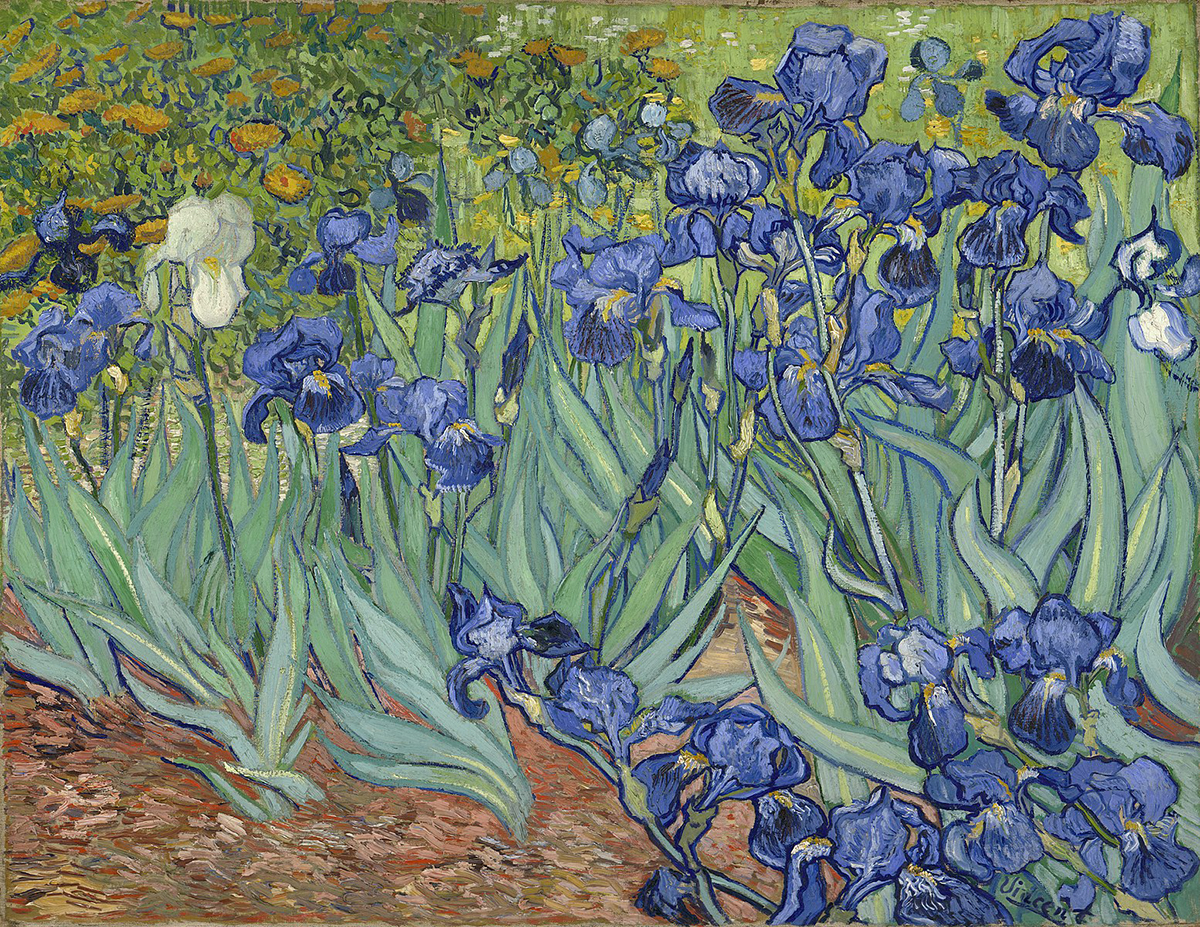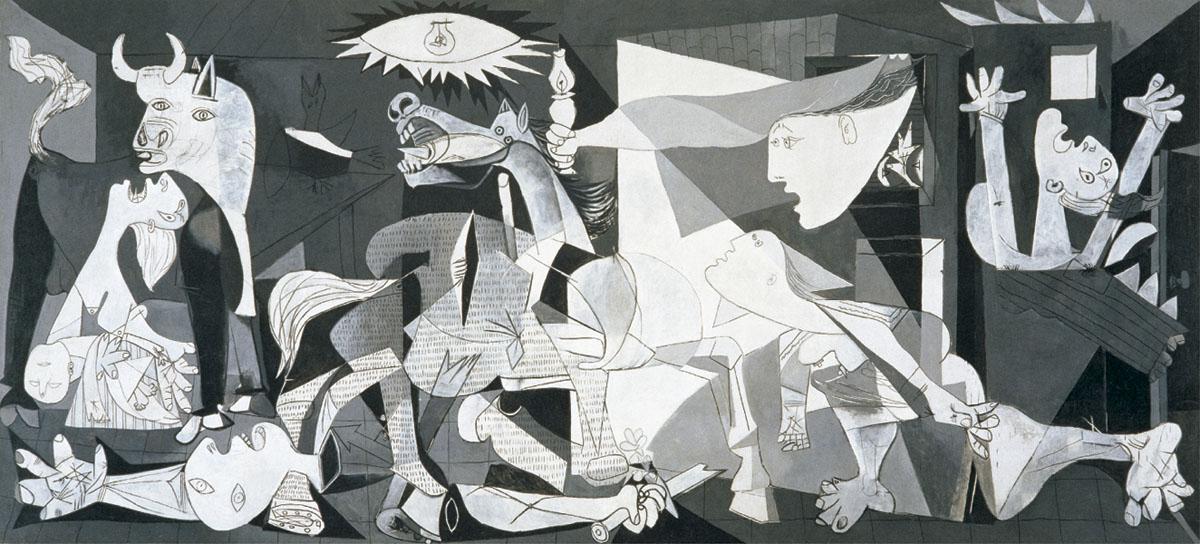 Using the right kind of art in your workplace can change someone’s perception of your business. Whether or not we like to admit it, our opinions are formed by impressions. And from those impressions we make judgements, whether positive or negative. Both direct and indirect exposure to culture can influence our judgements. That can start simply from the paint color on your walls, the feeling of the floor under your shoes, the smells in the room and the art in the space.
Using the right kind of art in your workplace can change someone’s perception of your business. Whether or not we like to admit it, our opinions are formed by impressions. And from those impressions we make judgements, whether positive or negative. Both direct and indirect exposure to culture can influence our judgements. That can start simply from the paint color on your walls, the feeling of the floor under your shoes, the smells in the room and the art in the space.
What Art Works Best for You
Because we’ve been seeing it for the last 170 or so years, Modern and Contemporary art are the most easily accessible to have on display in your workplace. Though they often have overlapping concepts and themes, they are different. Art has always been something that promotes conversation and appreciation. Why not showcase art that your customers will want to discuss, furthering their association of your company with quality, creativity and intellectualism?
The Differences Between Modern and Contemporary Art
Modern art is most often agreed upon to be art created from approximately the 1850’s or 1860’s until roughly the 1950’s. This will include Romanticism, Realism, Cubism, Art Nouveau, Expressionism, Pointillism and many more movements. Modern art is considered as such because it did not rely on what came before it or build on the teaching of art schools.
Contemporary art picks up where Modern art left off, around the 1950’s or 1960’s. This includes Abstract Expressionism, Photorealism, Post-minimalism, Soft Sculpture, Pop Art and hundreds of other movements. Contemporary art focused more on concepts and process, rather than perceived beauty and product. We are still in the era of Contemporary art, as it’s tough to say that what is happening at each moment is not, in fact, contemporary.
Let’s break down several art movements within both Modern and Contemporary art and how each will impress your clientele.
Modern: Post Impressionism

Vincent van Gogh, Irises. 1989. Source: Wikimedia Commons
Post Impressionism was, initially, predominantly French, and focused mostly on unnaturalistic depictions of natural light and pigmented colors. They were interested in the way the paint went onto the canvas and the patterns they were creating with the brushes, having the art emerge from the paint rather than using the paint as a means to an end. Artists that are considered Post Impressionists are Paul Cézanne, Vincent van Gogh, Édouard Manet and Henri de Toulouse-Lautrec. This kind of art will be well recognized by customers and instill confidence that your business pays attention to the past in order to influence the present and the future.
Modern: Cubism

Guernica, 1937 by Pablo Picasso. Source: greatamericanart.com
Cubism, largely contributed to Pablo Picasso, uses geometric shapes to evoke both human and non-human forms. They wanted to destruct realistic things to give them perspective, often at the expense of other elements of what they were painting. It was, in a term, avant-garde. Georges Braque, Pablo Picasso, Marcel Duchamp and Diego Rivera are all considered world-class Cubists. Your customers will appreciate your ability to break things down and see other ways of solving problems when they see this style of art in your workplace.
Contemporary: Abstract Expressionism

False Start by Jasper Johns. Source: greatamericanart.com
Many pieces of Abstract Expressionistic Art are large in scale, so these would work best in a reception area, on a large wall, or in any space where you want to use size to make a big impression. Most of this art identified by its large brush strokes and seeming spontaneity. Artists that are considered Abstract Expressionists are Jackson Pollock, Jasper Johns, Mark Rothko and Willem de Kooning. This art will not only impress by its sheer size but will allow your customers to know that you believe spontaneous creativity is beneficial to your business.
Contemporary: Photorealism

John’s Diner by John Baeder. Source: Wikimedia Commons
Photorealism is, at its most basic, a painting that could potentially be mistaken as a photograph due to the attention to detail, naturalistic colors, shading and use of reflection. Oftentimes an artist will study a photograph and paint that photograph however they’ve interpreted it. These artists include John Baeder, Audrey Flack, Ron Kleemann and Robert Cottingham. Having a piece of this art on your wall will allow your customers to know that attention to detail is at the core of your company’s belief system.
Finding Your Art Aesthetic with Andy Stern’s
Andy Stern’s works with Great American Art to get the right art to your business. They have been working as art dealers, consigners, consultants and designers for over 35 years. Because of their expertise, you can be sure that their recommendations will be perfect for your business and continue to impress your customers just as much as you do.




